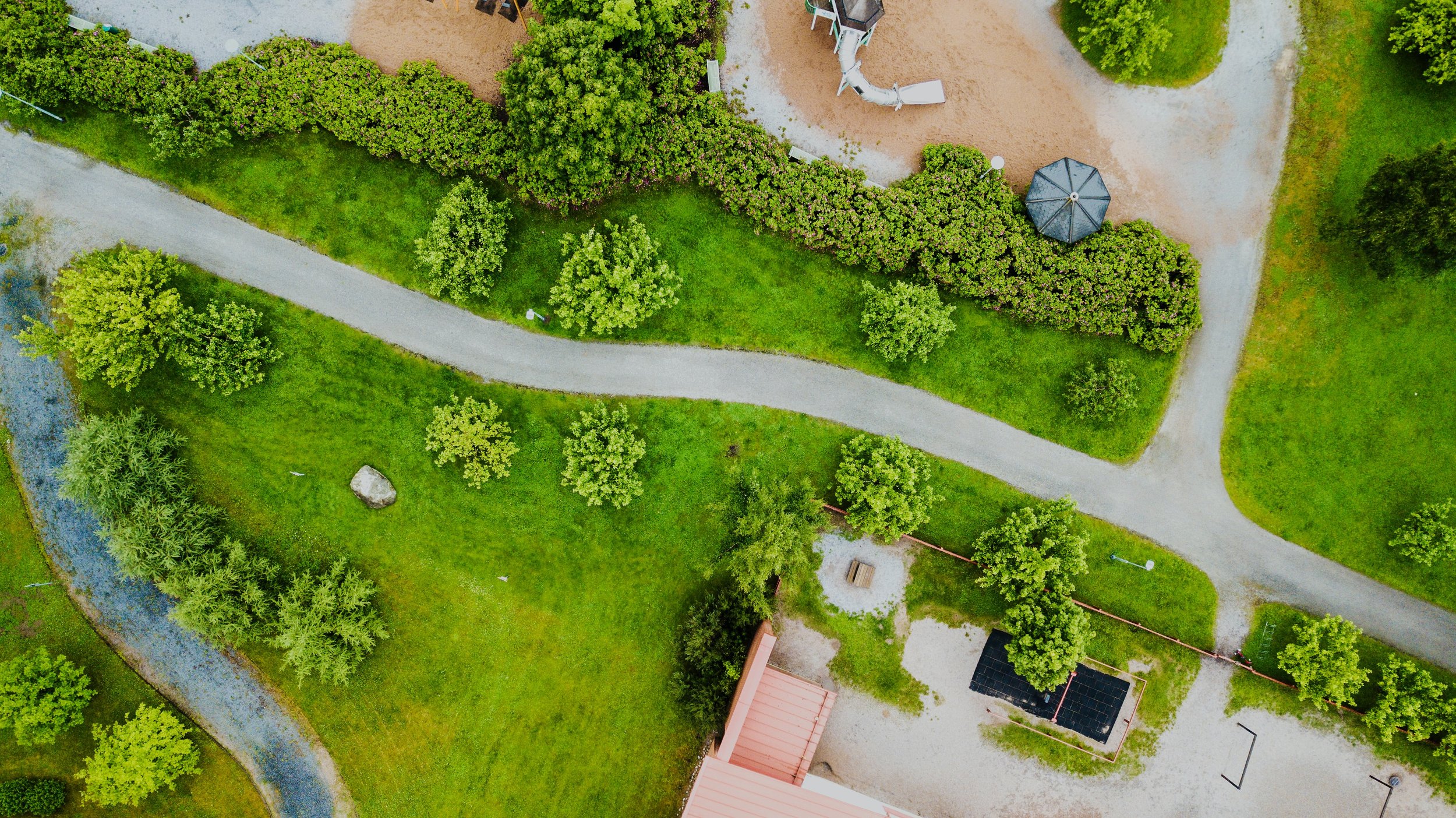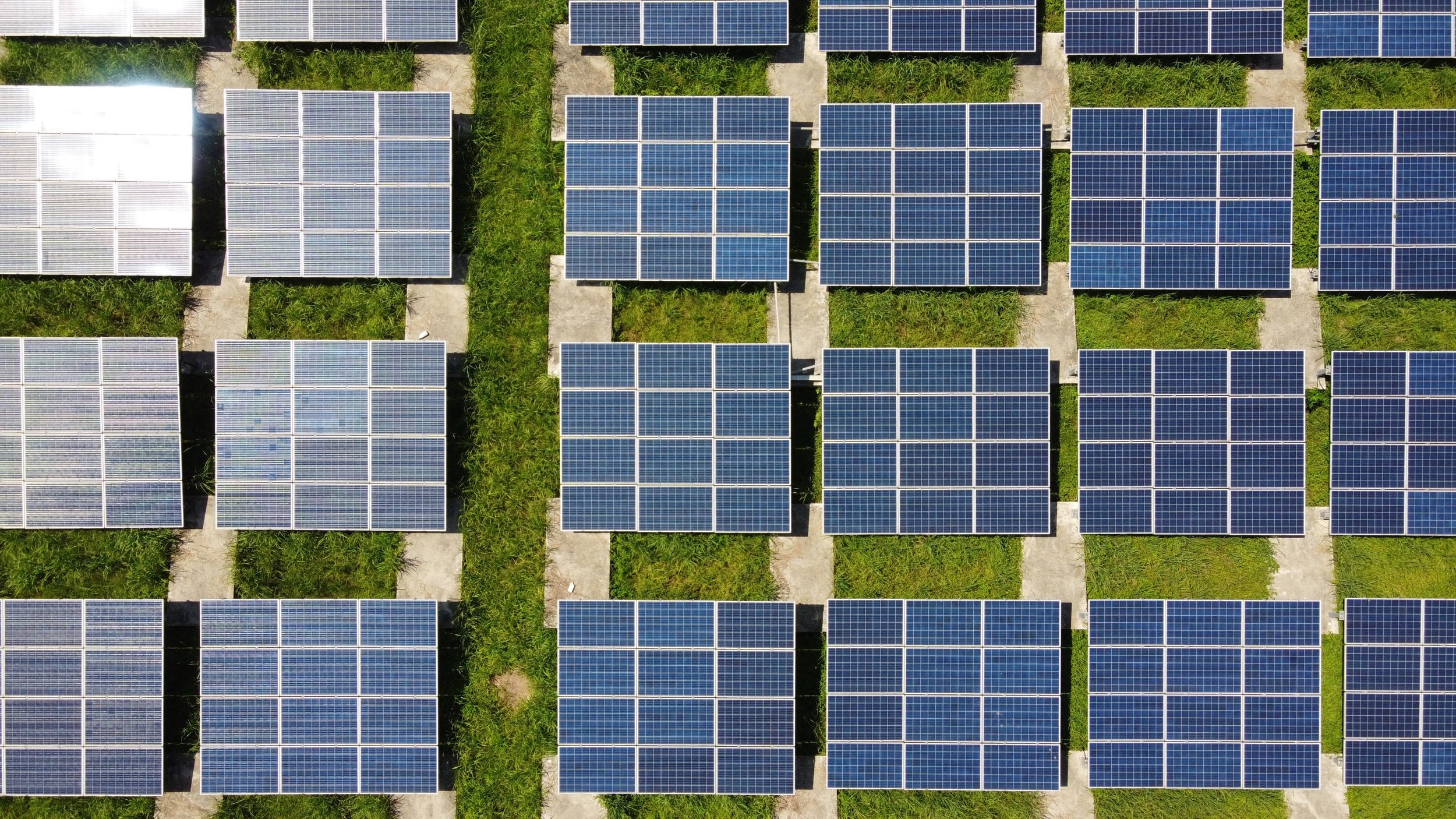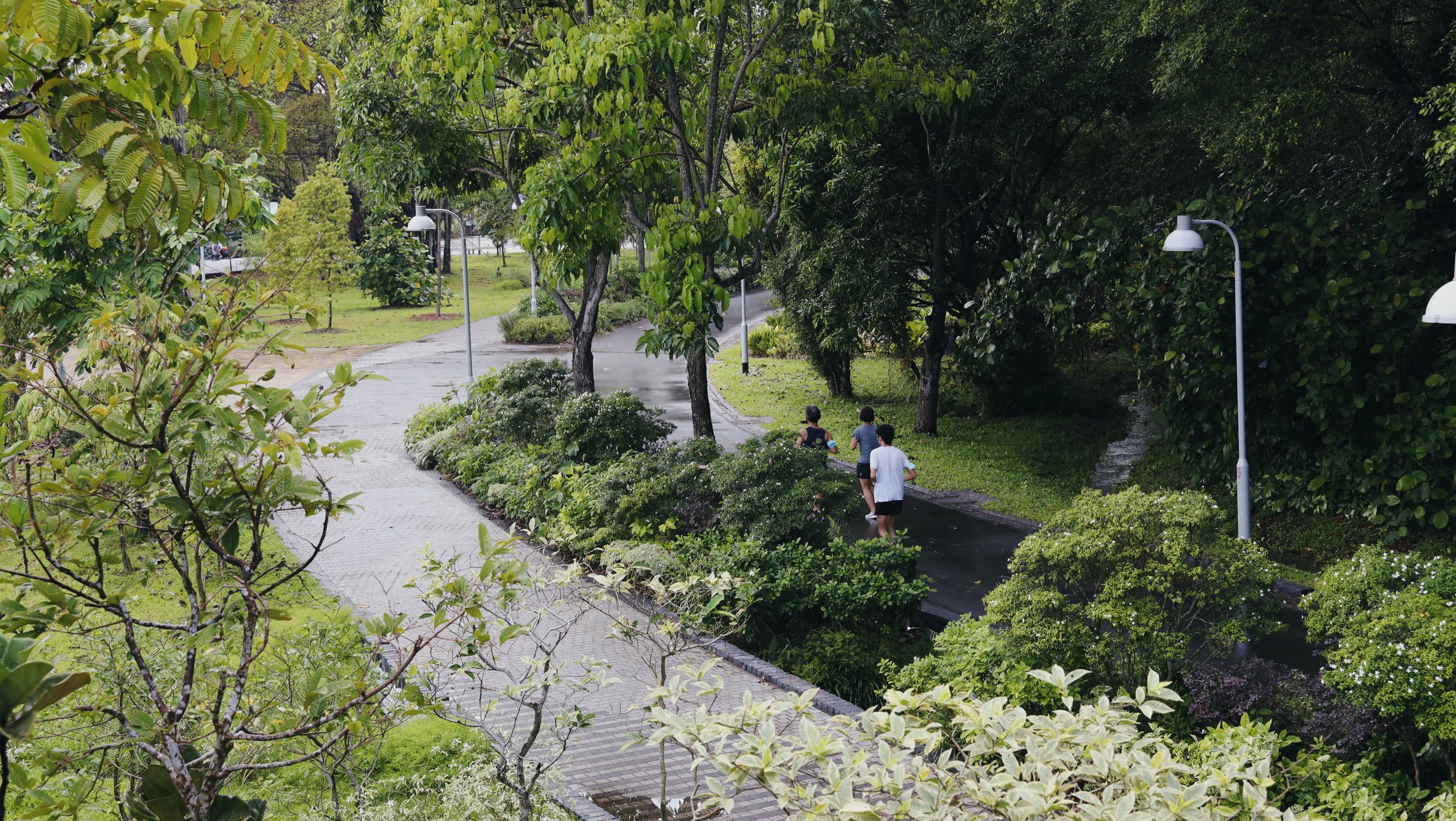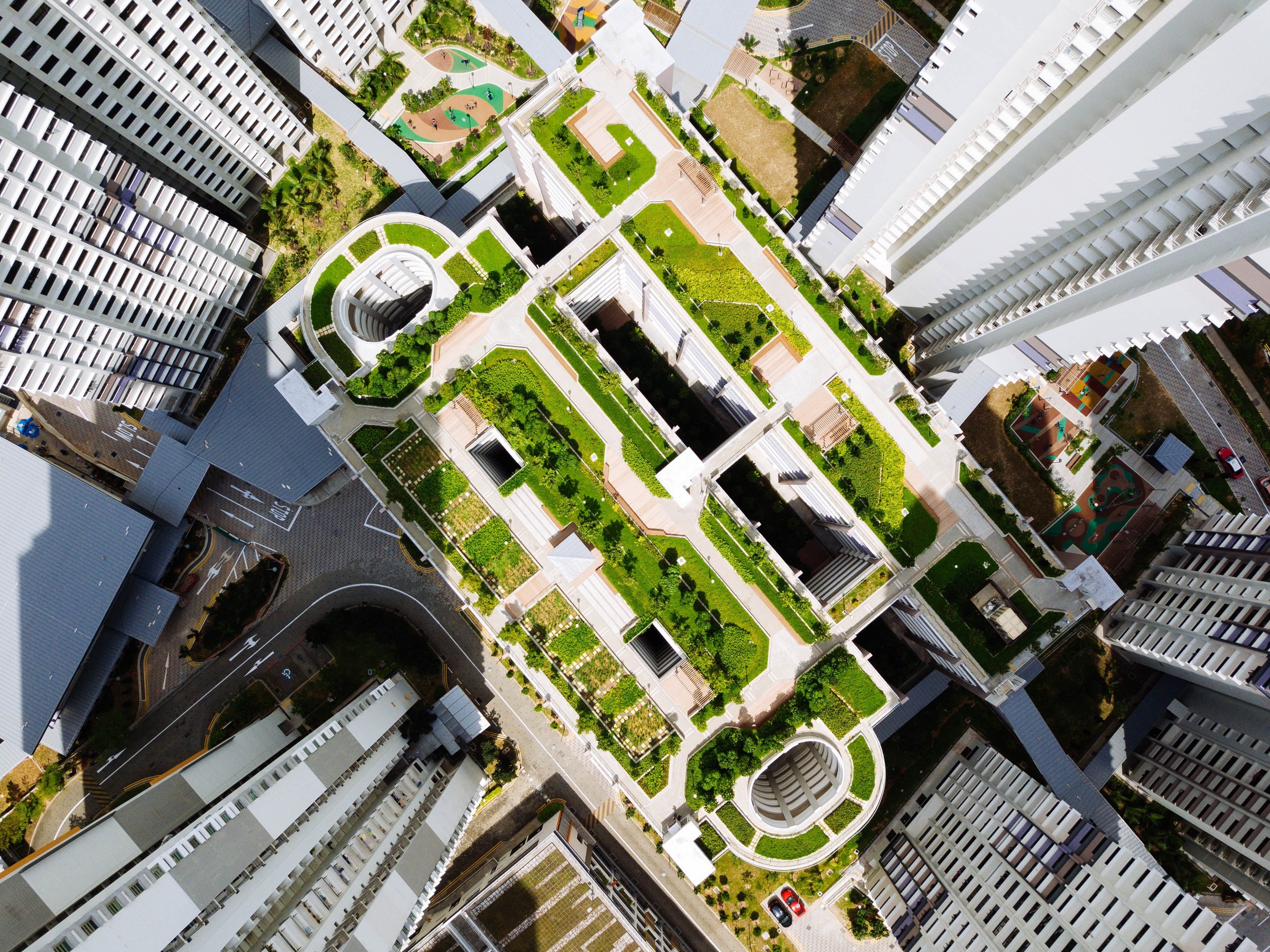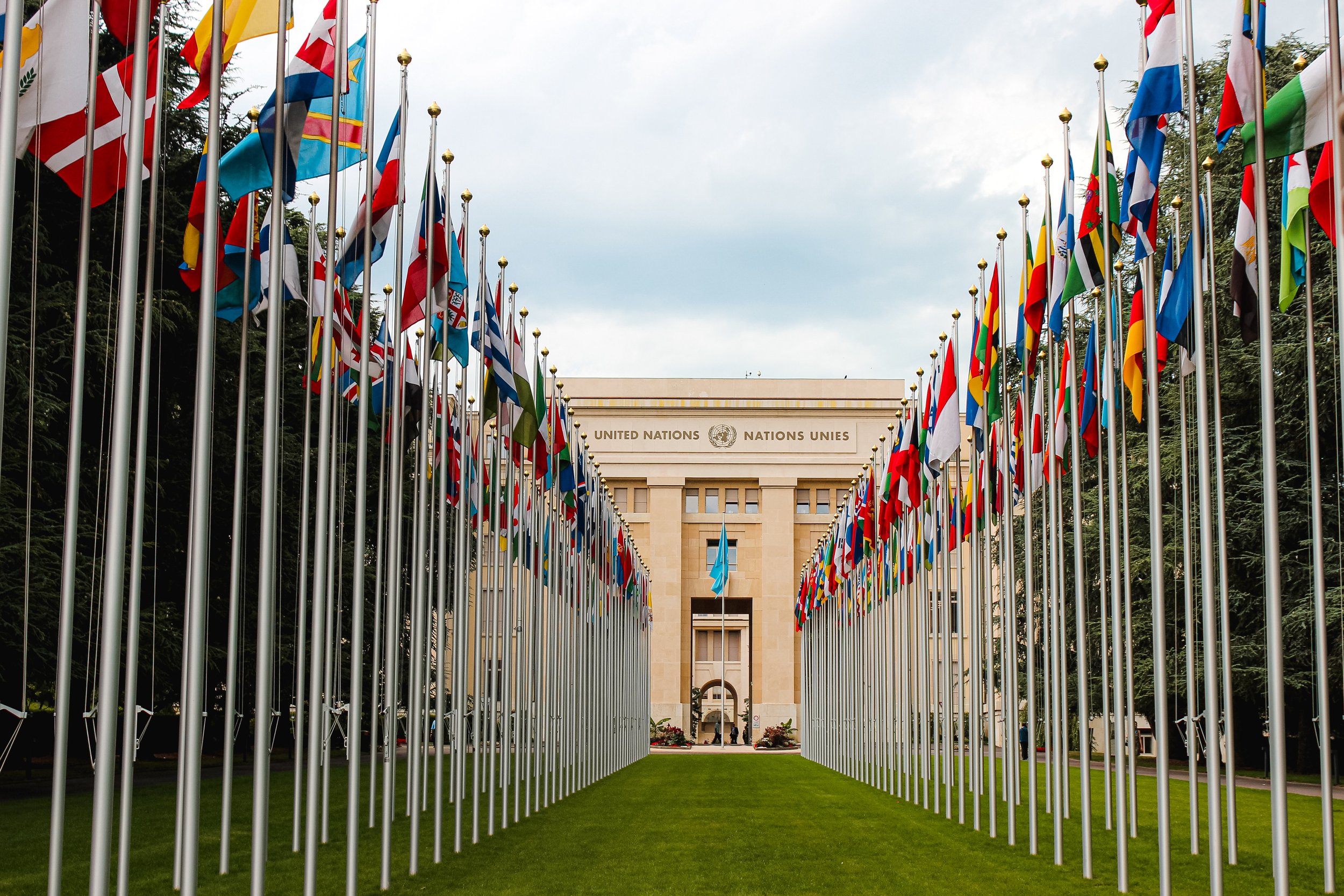United Nations SDG #11, Making Urban Cities Sustainable: Establishing Peace & Forgiveness Gardens
by Nola Sheehan & Dr. Ani Kalayjian (Mentor)
Edited by Kisane Prutton
Introduction
Climate fever has begun to harness our earth at a dangerous speed, infecting every part of our lives through air pollution, smog, carbon emissions, and dangerous natural disasters. The main factor contributing to climate change is carbon emissions from various sources, and especially emitting of urban spaces due to the high volume of people, and high levels of production condensed into a small space. When thinking of Urban Spaces, we don’t necessarily think of them as a place that could potentially help climate change, but more so worsen it. However, in taking advantage of every possible space for change, we are moving one step closer to making our cities more sustainable, and eco-friendly. Supplementing an NYC rooftop space, for a rooftop garden or mini forest, can help increase biodiversity, begin to improve air quality, and trap CO2 emissions.
Thanks to Chris Leboutillier for making their image freely available on @unsplash
Background
The definition of green space according to the Environmental Protection Agency is “land that is completely or partially covered with grass, trees, shrubs, or other vegetation… including parks, community gardens, and cemeteries” (Paul 2017, 1). Now when thinking of an urban space, the first thing one thinks of would be buildings and busy streets, however, it is quite easy to fit in green spaces. Although much of the green space that existed prior to the development of most urban cities has been removed, there are many places that are unthought-of in urban spaces that hold a lot of potential for becoming green spaces.
Thanks to Felipe Santana for making their image freely available on @unsplash
Why green spaces? Not only do green spaces help with the overall climate health, but also help with overall mental and physical health. Many recent studies have shown the impact access to nature has on mental health is much greater than most would imagine. One study by Donald A. Rakow, School of Integrative Plant Science at Cornell University, has found that “as little as 10 to 20 minutes in nature two to three times a week can positively impact the mental health of young people” (Cordova 2020). Now in an urban space, this nature walk could be converted to a few minutes spent working on tending to a rooftop garden, where you would both be spending time outside as well as creating a green space to promote both climate health, and mental health.
Thanks to @WeLoveACC for making their image freely available on @unsplash
The creation of green spaces in urban cities is not the only option to make our cities more sustainable. Every city has the potential to cost-effectively boost renewable energy use at the local level (Rigter 2016). Renewable energy use is both easy and can be intertwined with the idea of creating green spaces by using the space to incorporate both. Not all forms of renewable energy need a ton of space to be effective,
Mini forests do not exactly sound like they would do much good for climate fever. However, in urban areas, mini forests can be the most efficient way to use the space to include as much biodiversity as possible. The concept of mini forests involves identifying a small patch of available urban land, selecting native tree species that would naturally be found in local mature forests, preparing the proper soil, and proceeding to plant a large number of seedlings. This does not only allow for a space for people to go to improve their mental well-being by being around nature but can include a vast amount of biodiversity (Barkla 2020). “Green spaces in and around cities, collectively known as urban forests, can mitigate regional and local flooding from storms, reduce water scarcity, improve air and water quality, regulate temperature, and aid soil nutrient cycling, all while sequestering carbon.” The benefits of green spaces are endless and can stretch far beyond just the local community and stretch to reducing natural disasters and its negative impact.
Thanks to Markus Spiske for making their image freely available on @unsplash
Thanks to Anders J for making their image freely available on @unsplash
World Health Organization Brief for Action and Environmental Protection Agency Efforts
Effectively designed and managed green spaces are key to the success of the project. The World Health Organization published a brief for action on urban green space design and implementation recommendations for European metro centers. Four of the major approaches for urban policy-makers, as described by WHO, are clear objectives for the green space, the planning context, long-term perspective and considering the green space as an investment in public and social health of the community (WHO 2017, 9). When designing these spaces, accessibility to the area (i.e., how close it is to people), simplicity of design, diversity of design types and being able to provide adequate maintenance are the four most important considerations (WHO 2017, 11).
The Environmental Protection Agency (EPA) in the United States has seen a lot of success in urban green space projects conducted throughout the U.S. The United Nations used some of the EPA’s guidelines to inform sustainable development goal 11. Two notable ones hosted in Massachusetts focused a lot on the involvement of the community in the implementation and management of the project. EarthWorks in Roxbury, MA engaged members of the Greater Boston area to raise ecological consciousness and involvement in the management of currently existing green spaces. Some measurable results reported by the EPA are: 230 native trees and shrubs planted, 40 projects in 240 days successfully completed, seven sites covering 33.25 acres of urban green space reclaimed, reduced erosion, better crop yields and 24 resident stewards involved (EPA 2017). These are all promising results and could inform more small-scale community involvement projects throughout the world.
Thanks to @CHUTTERSNAP for making their image freely available on @unsplash
The Role of the United Nations
In addition to the establishment of international committees on climate change and sustainable development goals, there have been specific projects the UN has embarked. The most recent example would be the expansion of green space in Wuhan, China and the achievement of all goals set forth by the city. “Achieved the planning goals of green within every 300 meters, parks within every 500 meters, and water within every 2,000 meters” (UN 2020, 2). These ambitious standards are a great example of how most cities should plan and design green space to improve the health and quality of life of their citizens. The UN has also been integrating health studies with different focuses on mental and physical health to better inform urban planning and transportation to improve quality of life measures internationally.
Thanks to Mathias Reding for making their image freely available on @unsplash
The Role of ATOP MeaningfulWorld
The Association for Trauma Outreach and Prevention, (ATOP) MeaningfulWorld has been providing mental health services for over 32 years. One of the fundamental steps in the 7-step Integrative Healing Model (Kalayjian, 2018, 2017, 2021) is the connection with Mother Earth to help improve a sense of self and peace. To encourage this reconnection, several Peace and Forgiveness Garden projects have been established in multiple countries, including Nigeria, Haiti, Palestine, and Puerto Rico (Kalayjian 2014). These gardens provide access to green space for vulnerable communities that are recovering from crises such as natural disasters, war, and genocide. Meaningfulworld’s “Haiti is my home” and “Puerto Rico is my home” projects have shown success with engaging the youth in the community in advocating for green space maintenance and utilizing the space effectively. MeaningfulWorld has also published various research and poems regarding climate fever and how we can address it. In one of our pieces, “Conversations with Mother Earth,” Dr. Kalayjian, discusses a dream she had in conversation with mother earth. In this conversation, she speaks about how MeaningfulWorld has been lecturing for over 30 years on the importance of ecology and mother earth. The importance of mindful conscientious leadership in battling climate fever as well as the changes that we can make in our own mindset were highlighted. How we can change old destructive patterns to benefit mother earth is thoroughly explained through our 7-step healing process, and asking ourselves the important questions such as, “How am I going to continue resisting real change, and what can I do about it now.”
Thanks to Evgeni Tcherkasski for making their image freely available on @unsplash
Discussion
There have been measurable global results in expanding urban green space; primarily recorded in developed countries. WHO reports extensive proposed guidelines for how to plan, design, build and maintain green spaces in Europe. The EPA shows many projects that have been showing success in the U.S. The UN’s assistance in implementing Wuhan’s green space expansion has shown immense success, even during a global pandemic. Encouraging cities to implement green space in an equitable and sustainable manner helps all parts of the community improve in mental and physical health. With greater green spaces and more trees in urban spaces, costs to the city to counteract urban heat islands, mental health crises, waste mismanagement, and other common issues involved with urban planning would be reduced significantly.
Thanks to Elizabeth Jamieson for making their image freely available on @unsplash
Further research
There is still much to be evaluated when it comes to incorporating green spaces into urban cities, as well as further research. Although there is a lot of existing research, there are still many gaps and questions to be asked in how to make green spaces sustainable in urban cities, as well as getting cities to fund them. We already know many facts about how beneficial it would be for these spaces to exist, so now what is essential, is finding a way to incorporate them in a sustainable and cost-effective way. The WHO has already incentivized cities to begin considering green space seriously, and it has been proven that these spaces will expand the capacity for the fight against climate change.
References
Barton, J., & Rogerson, M. (2017). The Importance of Green Space for Mental Health. BJ Psych International, 14(4), 79-81.
BeyondBlue. (2010). Beyond Blue to Green: The Benefits of Contact with Nature for Mental Health and Well-being
Carbon Sinks and Sequestration. (2020). UNECE.
Cordova, M. (2020, February 25). Spending time in nature reduces stress, research finds. Cornell Chronicle
Dandan Tong, N. (2020). Building Green Spaces Fairly Accessible to All Social Groups - The Practice of Planning Green Spaces in Wuhan
IPCC, 2007: Climate Change 2007: Synthesis Report. Contribution of Working Groups I, II and III to the Fourth Assessment Report of the Intergovernmental Panel on Climate Change [Core Writing Team, Pachauri, R.K and Reisinger, A. (eds.)]. IPCC, Geneva, Switzerland, 104
Kalayjian, A. (2014). Establishing Peace and Forgiveness Gardens Around the Globe
Paul, A., Nath, T. K., Noon, S. J., Islam, M. M., & Lechner, A. M. (2017). What is Open/Green space? Urban Forestry & Urban Greening, 55, 1-3.
Robbel, N. (2020). Green Spaces: An Invaluable Resource for Delivering Sustainable Urban Health
WHO. (2017). Urban Green Spaces: A Brief for Action. Denmark: World Health Organization Regional Office for Europe.
Kalayjian, A. (2018). Forget Me Not: 7-Steps for Healing our Body, Mind, Spirit & Mother Earth. USA: Sojourn Publishing. https://www.amazon.com/s?field-keywords=forget+me+not+Dr+Kalayjian
Kalayjian, A. (May 2014). Establishing Forgiveness and Peace Gardens Around the Globe. International Psychologist. 54


